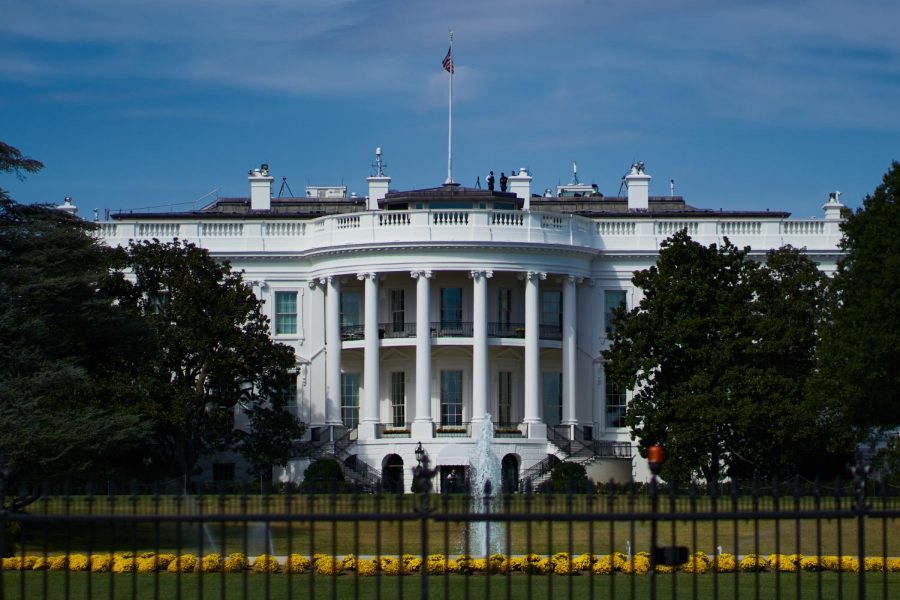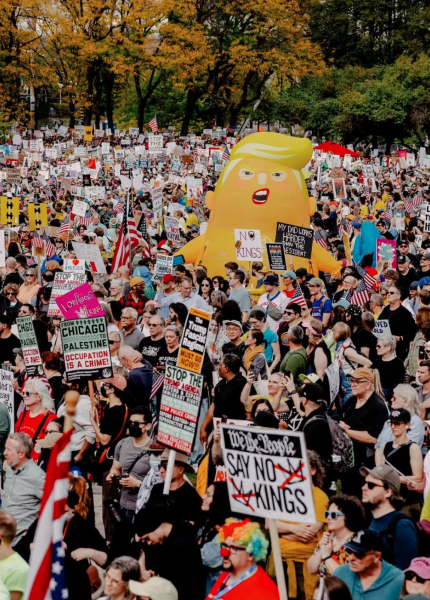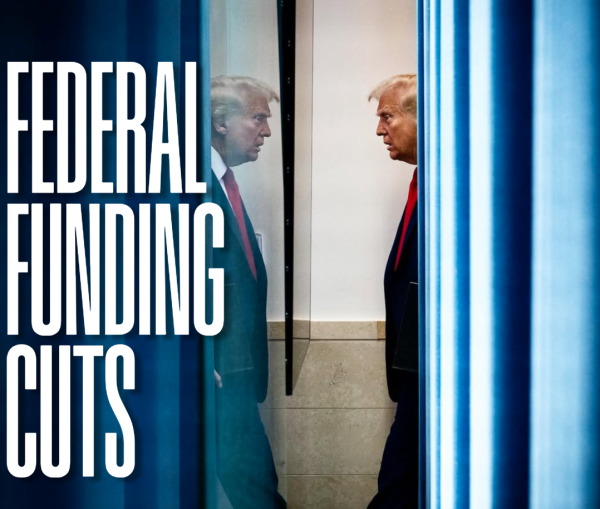Divisions Hint Two-Party System May Become Obsolete
There is no denying that the United States has become a divided nation: just turn on the news or scroll through social media. Still, there was a time when the U.S. was not so politically divided. The question is: how did we reach this point of division, and is the two-party system to blame?
While it may feel like the two-party system has existed since the founding of the United States, this is not actually true. When George Washington was president there were no political parties, and Washington, in fact, warned against forming political parties in his farewell address to try to avoid division among the American people. However, his successors set up the two-party system we know today, which has predominantly been Democrat and Republican.
Although the Democrat and Republican parties dominate America’s political landscape, there are also so-called third parties, such as the Libertarian Party and the Green Party.
For presidential races, the two main parties usually put forth a candidate that is not an extremist on either side of the political spectrum. This all changed in the 2016 presidential election. The Republican candidate was Donald Trump, a far right-wing conservative. His beliefs caused division, not only between the major political parties, but also within his own party.
In the 2020 election, a majority of Republican voters voted for Trump, but the LA Times reports that there was a small contingency who became disenchanted with Trump in the past four years and switched their support to President-elect Joe Biden. Trump’s extreme views and unconventional leadership style lost him some moderate Republican support in the 2020 election.
Trump’s seemingly secure voting base is not the only thing cracking; CNN reports that his support from GOP members is waning as well. As Trump continues to wage war on the election results by crafting controversial tweets and scheming up lawsuits, many Republican leaders have come forward to recognize Biden as president-elect. Ohio’s Republican Governor Mike DeWine offered his support to Biden, saying “we need to consider the former vice president as the president-elect.”
However, Trump and many of his supporters will not give up on the false claim that the election results are fraudulent. This claim was shot down when the Election Infrastructure Government Coordinating Council and the Election Infrastructure Sector Coordinating Executive Committees released a statement saying, “The Nov. 3 election was the most secure in American history. Right now, across the country, election officials are reviewing and double checking the entire election process prior to finalizing the result.”
In addition to believing Trump’s far-fetched claims, his supporters marched in Washington, D.C. to protest the outcome of the election, chanting “stop the steal” and bearing Trump 2020 flags, according to NBC Washington.
While Trump’s supporters protested election results, many Biden supporters took to the streets on Nov. 7 not to celebrate Biden’s victory, but, instead, Trump’s loss. This mentality stems from the Settle for Biden movement.
Settle for Biden is a movement created by former Elizabeth Warren and Bernie Sanders supporters who recognize that, while Biden is a flawed candidate, the U.S. cannot handle four more years of Trump as president. Following Biden’s victory, Settle for Biden supporters urged voters, especially white voters, to not lose momentum for the systemic reforms being called for.
Unfortunately, the unrest in the U.S. is not the result of new problems. This unrest is caused by racism, sexism, homophobia, transphobia, xenophobia and many other social issues. People have been fighting for years, decades and even centuries to end the disparity caused by these issues and demand real change now.
With such great divides within the Democrat and Republican parties themselves as well as across the aisle, the two-party system cannot continue in the same way any longer. Progressive and moderate Democrats are very far from each other ideologically and the same goes for far-right and moderate Republicans. We could benefit from the two parties becoming further divided into several smaller parties.
But, what would this further divide mean for voting? Would a single party be able to receive a majority vote? It seems we are on a path where the two-party system could be dissolved, and these questions would have to be answered.
The U.S. is a very divided nation, and neither side of the aisle is budging at reconciliation. I don’t see how the nation can move forward until real change is implemented, which will further divide the political parties. Donald Trump is leaving a ravaged nation in his wake, and it will be a long road back to peace, if it can be achieved at all.
Jamison Rogers, FCRH ’23, is an English major from Silver Spring, Md.










































































































































































































